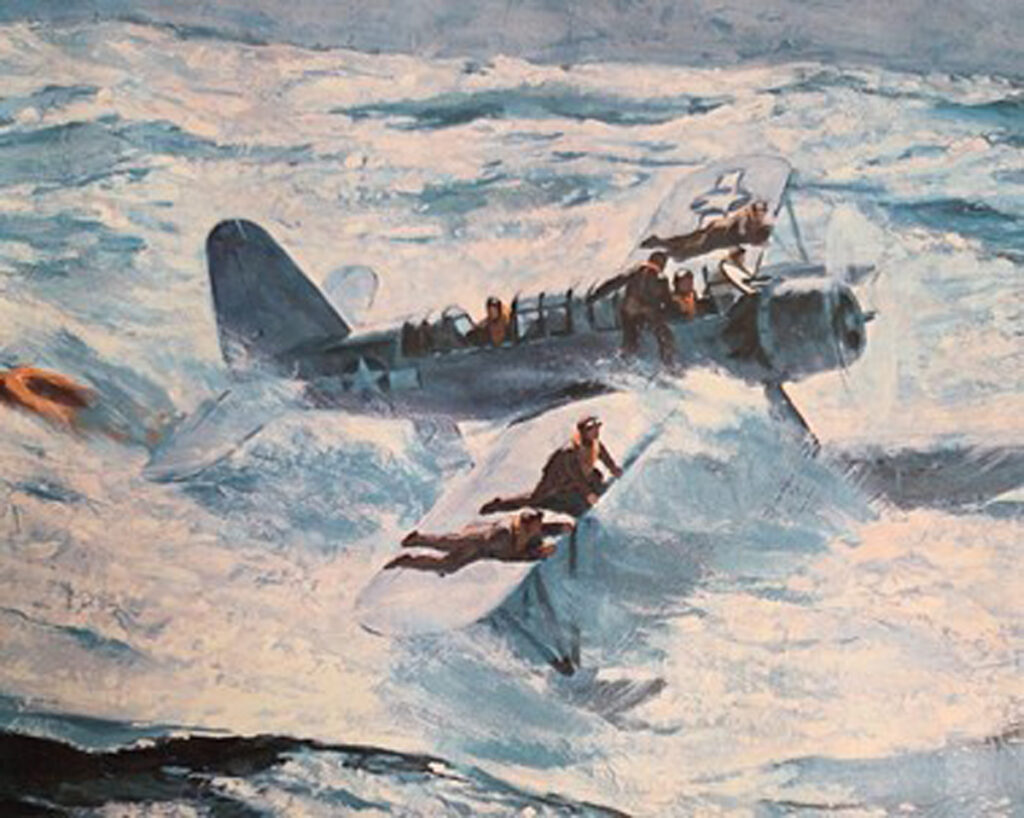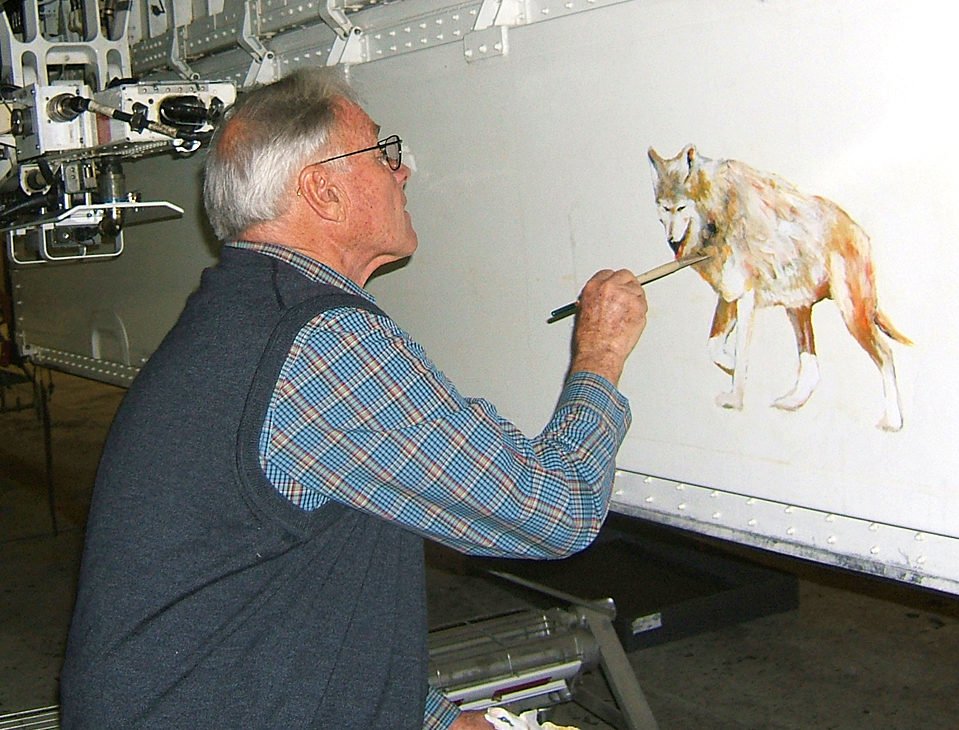By Alex Dersch
Museums surpass the value of typical attraction destinations, offering important insight into various aspects of culture and society.
These institutions are much more than art galleries and esteemed collections of scientific observation, they are interactive power houses where innovations spark and STEAM-based careers emerge.
From scrutinizing the details of historical events to ideating on the latest technical marvels, the humble museum is capable of molding how kids and adults alike engage with the world around them. Check out Evergreen’s five reasons to support the local museums in your community.
1. Museums Connect Us to History’s Lessons

Historical immersion excels in a museum format thanks to museums’ capabilities to engage multiple senses in illustrating a significant moment in time. While nothing replaces lived experiences, learning from past events provides invaluable understanding of humankind’s great triumphs and tragedies.
In a time where reliable information streams are scarce, it is the duty of a museum to make access to historical education accessible and tangible to all. Museums are a place where the public forms their own perspectives on the common ground of historical fact. These truths serve as a bridge between generations, whether showing us the evidence of past mistakes or building bonds with others through collaborative experiences.
At Evergreen, we honor the stories of Veterans of all kinds in our exhibitions. The aim of many who are called to serve is to maintain peace and safety in the United States, if not the world at large.
Today’s Veterans and active-duty military are more diverse in terms of race, ethnicity, and gender than previous generations. It is our responsibility to highlight heroes of all cultures and perspectives, from inspirational women like Major General Patricia “Trish” Rose, the first female four-star general in the Department of Defense, to pioneers like the Tuskegee Airmen, a group of African American military pilots who earned distinction for their exceptional combat performance during World War II.
These exhibits come at a pivotal time in U.S. History when approximately 35,574 Veterans experience homelessness. It is further emphasized due to the disproportionate rate at which people of color are impacted. In fact, the National Alliance to End Homelessness states that 43.2% of Veterans experiencing homelessness are people of color, compared with their 18.4% makeup of the general Veteran population. Plus, according to the U.S. Department of Housing and Urban Development, women Veteran homelessness increased by nearly 24% —from 3,126 to 3,980— between 2020 and 2023.
Through exhibitions and coverage of diverse stories, museums help individuals understand and celebrate their unique differences, promoting the message that it’s okay to defy expectations, even in the face of ongoing intolerance. Museums highlight the strength education and empathy have over historical systems based in hatred and injustice.
2. Museums Create Educational Opportunities for Future Generations
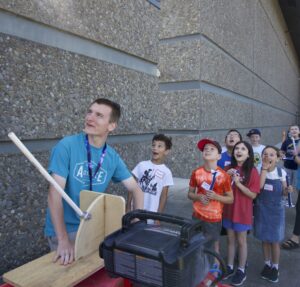
All museums have an important role in the education of future generations. A destination for field trips and family outings, museums offer hands-on, engaging exhibits that teach children outside the classroom.
According to the American Alliance of Museums, each year U.S. museums provide more than 18 million instructional hours for educational programs to their communities. At Evergreen alone, we impact the lives of a whopping 18,000 students per year through our Spring Break Camp, Summer Camp, and field trip educational programs.
Many museums also offer educational programming outside their institutional walls as well. At Evergreen we offer our Museum at Home program. This program provides teachers and guardians with educational videos, games, and projects children can engage with on various aerospace topics. Kids are encouraged to share their work with others via Evergreen’s social media platforms like Instagram and Facebook.
One of the best parts about working at or visiting Evergreen is seeing a young guest galloping toward the Museum in an astronaut or pilot outfit. That kind of excitement when it comes to learning is difficult to replicate and something museums aim to create with each visit. It is our goal to uplift and spotlight the incredible innovations future generations have in store for our world.
3. Museums Serve as Communal Third Spaces
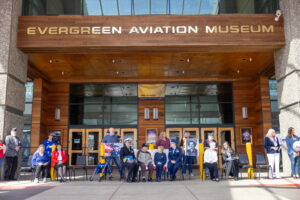
Museums are for everyone. They have the unique ability to serve as a communal third space that fosters social unity at a local level. At Evergreen, locals come together for big events like our Air Show Watch Party, intimate celebration of life ceremonies, or monthly Band of Brothers gatherings.
Third spaces like museums provide a sense of belonging outside of the home (first space) and work (second space). They serve as inclusive environments where people from diverse backgrounds come together, engage in meaningful conversations, and participate in shared events or activities. This in turn promotes community cohesion and in an increasingly digital world, offers a healthy, physical space for face-to-face engagement.
We love to celebrate birthday parties at Evergreen, host local schools’ robotics competitions, and offer Scouts opportunities to earn merit badges. We often offer our museums space to the Marine Corps, Civil Air Patrol, Sea Cadets, and others for small and large private events as well.
By partnering with Yamhill County at large, Evergreen aims to give back to the people it serves. We hope to be a resource to local educators and homeschoolers, a safe space for diverse groups to gather, and an event destination for the community.
Through providing that essential third party space to local communities, museums encourage camaraderie with locals and neighbors.
4. Museums Tell Stories of Adversity
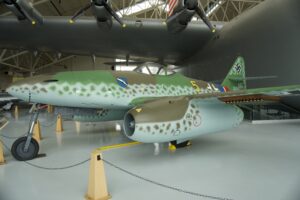
When any institution takes a stand on a historical event, it opens itself to feedback from those who disagree. Evergreen has had its fair share of public opposition regarding exhibits and content featuring diverse storytelling. This pushback only highlights the importance of diversity in museums – it generates opportunity for education and conversation while also giving a voice to marginalized communities.
For example, Evergreen has a Messerschmitt Me 262 A-1a Schwalbe in its collection that features a swastika. While the symbol is banned in several countries today, it is part of our display of aircrafts as an important reminder of the intolerant horrors of the Nazi Party glorifying an “Aryan race” while denigrating Jewish, Black, Indian, Pakistani, and Sinti peoples. Our exhibit also touches on the origins of the swastika, long used as a symbol of well-being in ancient India, China, Africa, North America and Europe before the Nazi Party appropriated it.
We believe it is important to object to the censorship of history and confront tragedies within historic events to prevent them from happening again in the future. It is important to learn from every perspective to defeat hatred and ignorance. Museums offer a pedestal for marginalized voices and stories.
5. Museums Engage Guests in Real-Time Innovations
With the exponential rise in technology over the last decade, the definition of museum spaces and exhibits is expanding. They are becoming more interactive, engaging, and immersive as technological investments become more accessible and affordable.
While Evergreen highlights innovations in aerospace technology like the F-117A Nighthawk, we also offer high-tech, interactive attractions for our guests to enjoy. Our most popular attraction is the premier MaxFlight simulator which immerses riders in realistic flight scenarios with patented full-motion, 360-degree pitch, and spin and roll technology. Each simulation experience is $12 and available to purchase at our Aviation Desk.
Another common technological advance coming to the museum landscape are exhibits that feature augmented reality (AR). According to SAP, AR refers to an “interactive experience that enhances the real world with computer-generated perceptual information.”
In fact, our friends at the Oregon Museum of Science and Industry (OMSI) included an AR experience in their “Tyrannosaurs – Meet the Family” limited-time exhibit this year. In it, guests are able to “play with life-sized dinosaurs in [their] gallery.”
As museums continue to explore AR opportunities, visitors can expect to interact with exhibitions with their smart phones. Pre-recorded docents will virtually lead guests through self-guided tours, pop-up snippets will inform them of a sculptor’s other works, and more.
Thanks to technology, museums are also more accessible than ever with many of their collections and exhibits offering online alternatives. Virtual maps, guides, and activity downloads allow those who might not be able to attend an institution in-person engage with that museum’s resources.
The future of museums is exciting and limitless – especially as they become more accessible to everyone.
Donate to Your Favorite Museum

According to the American Association of Museums, museums are primarily funded by private, charitable giving, 36.5% of their total funding.
Donating to a local, non-profit museum is an essential part of ensuring its continued success and growth. Without support from donors like you, museums would be unable to remain the integral U.S. institutions they are today.
Please consider donating to Evergreen Aviation & Space Museum’s Innovation Fund today. These donations provide the rocket fuel for everything we do here—from restoring historic air and space craft, to improving our STEAM programming, to creating new exhibits that highlight the diverse voices within the aerospace community—your donation will impact every aspect of our Museum.
If you donate $500 or more, we will honor you as a Patron Member and if you donate $1k or more, we recognize you as a Titanium Member. Each membership level includes exclusive benefits including free admission to over 70 Smithsonian affiliate museums nationwide, Spruce Goose tours, and more.
